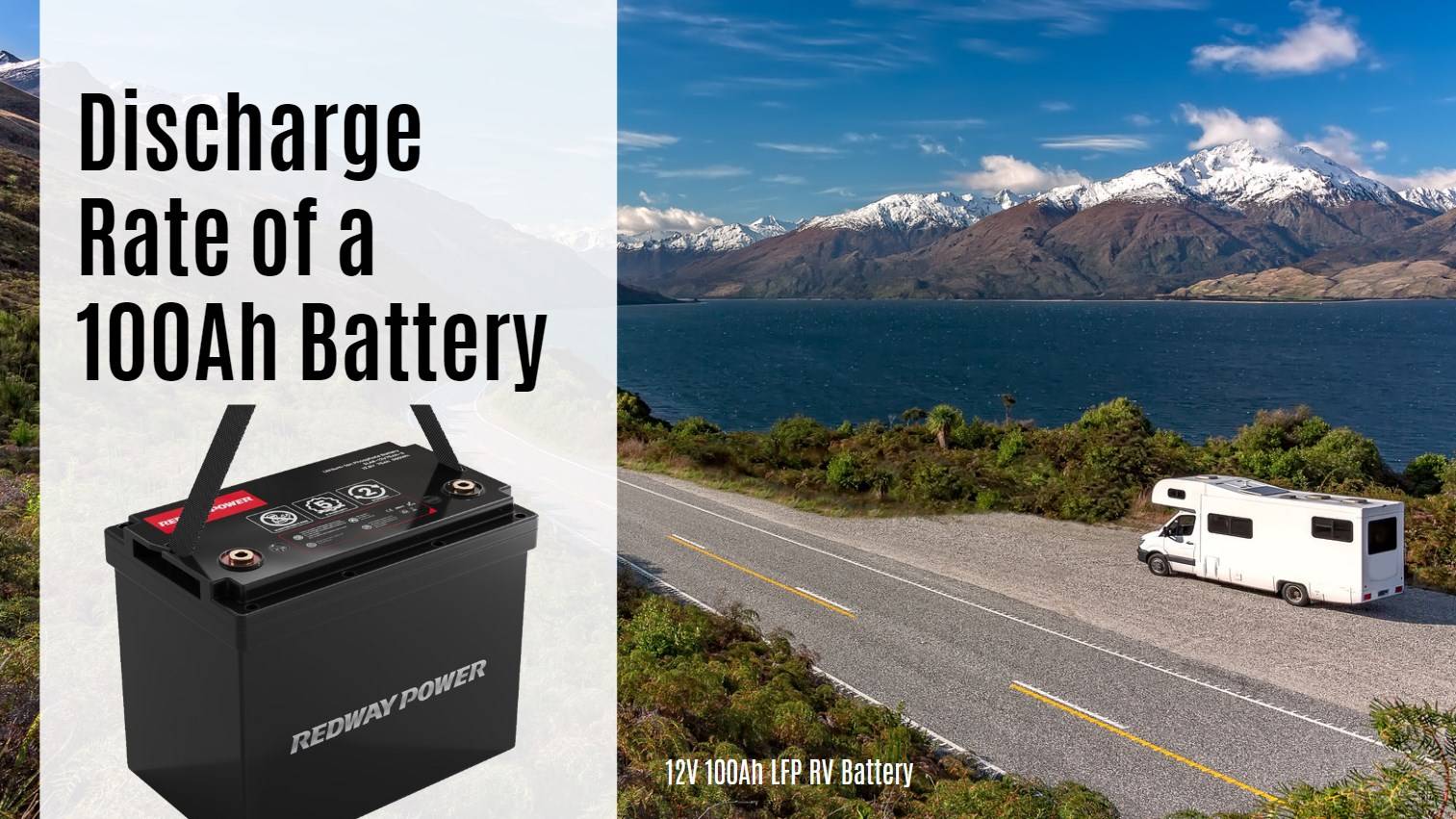- Forklift Lithium Battery
-
48V
- 48V 210Ah
- 48V 300Ah
- 48V 420Ah (949 x 349 x 569 mm)
- 48V 420Ah (950 x 421 x 450 mm)
- 48V 456Ah
- 48V 460Ah (830 x 630 x 590 mm)
- 48V 460Ah (950 x 421 x 450 mm)
- 48V 460Ah (800 x 630 x 600 mm)
- 48V 460Ah (820 x 660 x 470 mm)
- 48V 500Ah
- 48V 560Ah (810 x 630 x 600 mm)
- 48V 560Ah (950 x 592 x 450 mm)
- 48V 600Ah
- 48V 630Ah
-
48V
- Lithium Golf Cart Battery
- 12V Lithium Battery
12V 150Ah Lithium RV Battery
Bluetooth App | BCI Group 31
LiFePO4 Lithium
Discharge Temperature -20°C ~ 65°C
Fast Charger 14.6V 50A
Solar MPPT Charging - 24V Lithium Battery
- 36V Lithium Battery
- 48V Lithium Battery
-
48V LiFePO4 Battery
- 48V 50Ah
- 48V 50Ah (for Golf Carts)
- 48V 60Ah (8D)
- 48V 100Ah (8D)
- 48V 100Ah
- 48V 100Ah (Discharge 100A for Golf Carts)
- 48V 100Ah (Discharge 150A for Golf Carts)
- 48V 100Ah (Discharge 200A for Golf Carts)
- 48V 150Ah (for Golf Carts)
- 48V 160Ah (Discharge 100A for Golf Carts)
- 48V 160Ah (Discharge 160A for Golf Carts)
-
48V LiFePO4 Battery
- 60V Lithium Battery
-
60V LiFePO4 Battery
- 60V 20Ah
- 60V 30Ah
- 60V 50Ah
- 60V 50Ah (Small Size / Side Terminal)
- 60V 100Ah (for Electric Motocycle, Electric Scooter, LSV, AGV)
- 60V 100Ah (for Forklift, AGV, Electric Scooter, Sweeper)
- 60V 150Ah (E-Motocycle / E-Scooter / E-Tricycle / Tour LSV)
- 60V 200Ah (for Forklift, AGV, Electric Scooter, Sweeper)
-
60V LiFePO4 Battery
- 72V~96V Lithium Battery
- Rack-mounted Lithium Battery
- E-Bike Battery
- All-in-One Home-ESS
- Wall-mount Battery ESS
-
Home-ESS Lithium Battery PowerWall
- 24V 100Ah 2.4kWh PW24100-S PowerWall
- 48V 50Ah 2.4kWh PW4850-S PowerWall
- 48V 50Ah 2.56kWh PW5150-S PowerWall
- 48V 100Ah 5.12kWh PW51100-F PowerWall (IP65)
- 48V 100Ah 5.12kWh PW51100-S PowerWall
- 48V 100Ah 5.12kWh PW51100-H PowerWall
- 48V 200Ah 10kWh PW51200-H PowerWall
- 48V 300Ah 15kWh PW51300-H PowerWall
PowerWall 51.2V 100Ah LiFePO4 Lithium Battery
Highly popular in Asia and Eastern Europe.
CE Certification | Home-ESS -
Home-ESS Lithium Battery PowerWall
- Portable Power Stations
How to Choose Between Two 100Ah Batteries and One 200Ah Battery

When deciding between two 100Ah batteries or one 200Ah battery, it’s essential to understand their differences in capacity, runtime, and maintenance requirements. Both configurations have unique advantages, making it crucial to consider your specific power needs and usage scenarios to make an informed choice.
What Are the Key Differences Between 100Ah and 200Ah Batteries?
The primary difference between 100Ah and 200Ah batteries lies in their capacity:
- Capacity: A 200Ah battery can store double the energy of a 100Ah battery, providing longer runtimes for appliances.
- Size and Weight: Typically, a single 200Ah battery is larger and heavier than two 100Ah batteries combined.
- Configuration Options: Two 100Ah batteries can be configured in parallel or series, offering flexibility in voltage and capacity.
Chart: Key Differences
| Feature | Two 100Ah Batteries | One 200Ah Battery |
|---|---|---|
| Capacity | 100Ah each (total 200Ah) | 200Ah |
| Size | Larger footprint | More compact |
| Weight | Heavier combined | Single heavy unit |
| Configuration | Parallel or series | Single unit |
How Does Capacity Affect Runtime for Appliances?
The capacity of a battery directly impacts how long it can power an appliance:
- Runtime Calculation: To estimate runtime, use the formula:
Runtime hours =Battery Capacity Wh / Power Consumption W
For example, if you have a 200Ah battery at 12V, it provides:
Total Wh=200 Ah×12 V=2400 WhIf an appliance consumes 300W, then:
Runtime=2400 Wh300 W=8 hours
Chart: Runtime Calculation Example
| Parameter | Value |
|---|---|
| Battery Capacity | 2400 Wh |
| Power Consumption | 300 W |
| Estimated Runtime | Approximately 8 hours |
What Are the Advantages of Using Two 100Ah Batteries?
Using two 100Ah batteries offers several advantages:
- Flexibility in Configuration: You can connect them in parallel for increased capacity or in series to increase voltage.
- Easier Handling: Smaller batteries are easier to install and transport.
- Redundancy: If one battery fails, you still have another functioning battery.
Chart: Advantages of Two 100Ah Batteries
| Advantage | Description |
|---|---|
| Flexibility | Can be configured for different needs |
| Easier Handling | Lighter individual units |
| Redundancy | Backup power if one battery fails |
What Are the Benefits of a Single 200Ah Battery?
A single 200Ah battery also has distinct benefits:
- Simplicity: Fewer connections mean less complexity during installation.
- Space Efficiency: Takes up less space than two separate batteries.
- Consistent Performance: Provides uniform power delivery without potential imbalances between batteries.
Chart: Benefits of One 200Ah Battery
| Benefit | Description |
|---|---|
| Simplicity | Easier installation with fewer connections |
| Space Efficiency | More compact design |
| Consistent Performance | Uniform power delivery |
How Do Charging and Maintenance Compare Between the Two Options?
Charging and maintenance practices differ between configurations:
- Charging Time: A single 200Ah battery may take longer to charge than two separate 100Ah batteries, depending on your charger’s output.
- Maintenance Needs: Both configurations require regular checks on terminals and connections; however, two batteries may require more frequent monitoring to ensure balance.
- Cost of Chargers: Ensure your charger is compatible with both configurations; some chargers may handle one type better than another.
Chart: Charging and Maintenance Comparison
| Aspect | Two 100Ah Batteries | One 200Ah Battery |
|---|---|---|
| Charging Time | Potentially faster if charger supports parallel charging | May take longer depending on charger output |
| Maintenance Needs | Requires monitoring both units | Single unit monitoring |
| Charger Cost | May need dual chargers depending on setup | Typically requires one charger |
Industrial News
Recent advancements in battery technology have highlighted the benefits of lithium-ion over traditional lead-acid options, particularly in RV applications. Innovations such as smart charging systems are being developed to optimize efficiency while improving lifespan, making both configurations—two smaller batteries or one larger battery—more appealing based on individual user needs.
Expert Insight
“Choosing between two smaller batteries versus one larger unit depends on your specific application,” says Dr. Emily Carter, an expert in energy storage solutions. “Consider factors like space, weight, charging capabilities, and how you plan to use your RV to make the best decision.”
FAQ Section
How long will two 100Ah batteries last compared to one 200Ah battery?
Both configurations can provide similar runtimes; however, two separate batteries may offer more flexibility in usage.Are there any advantages to using two smaller batteries?
Yes, they provide configuration flexibility, easier handling, and redundancy if one fails.Can I use the same charger for both setups?
You may need different chargers depending on your configuration; ensure compatibility with your chosen battery type.

























